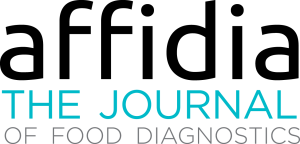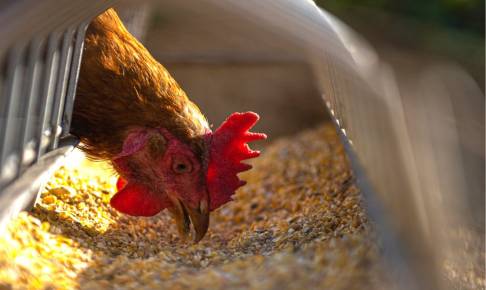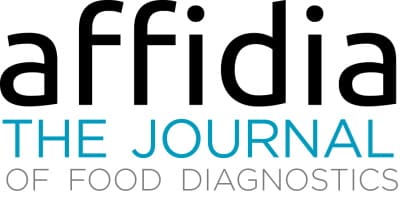Aflatoxin M1: is it time for a change? (Part 2)
Introduction
The growth of the fungi that produce mycotoxins is influenced by weather conditions. All fungi need humidity to grow, but some thrive in relatively cold conditions (Fusarium species) while others do better with higher temperatures (Aspergillus species). In the last 20 years in Southern Europe—an area not previously considered at risk of aflatoxins—the frequency and intensity of hot summers created the conditions for high levels of aflatoxin contamination in maize. Because maize is a significant part of cow feed, cow milk was subsequently contaminated as well by what is known as the “Milk Aflatoxin” or Aflatoxin M1.
The scientific literature focuses primarily on the case of 2012, often ignoring other serious aflatoxin contaminations in the European food chain, such as the one that occurred in northern Italy in 2003 (for example, see Pickova et al. 2021).
This short review paints a picture of the impact that Aspergillus flavus corn contamination has had on European food and feed over the last 20 years and how farmers, grain processors, the dairy industry, and public health authorities reacted at first but now cope with a “disease” that appears to be endemic. This article will conclude with a discussion about whether monitoring aflatoxin M1 alone is sufficient and if previous, similar crises can show how to avoid wasting corn and milk.
Summer 2012 was one of Europe’s warmest and driest summers in recent decades...Southern Europe, 2012-2013
Summer 2012 was one of Europe’s warmest and driest summers in recent decades, particularly in the south. Hot, dry conditions are ideal for Aspergillus flavus contamination in corn. So much of the corn crop was so contaminated by aflatoxin B1 that farmers in southern Europe struggled to limit aflatoxin B1 in cow feed. As a result, mean aflatoxin M1 levels in milk rose in September 2012 from about 10 µg/kg to 50 or even 100 µg/kg and more in some regions like Croatia, Serbia, and elsewhere (Bolzoni et al. 2013; Bilandžić et al. 2014; Tomasevic et al. 2015).
Figure 1: mean aflatoxin M1 levels in raw milk in the Lombardy Region in northern Italy between August 2012 and February 2013 (Bolzoni et al. 2013).
Italy was relatively more prepared for such an event than its neighbours because of contamination incidents in milk and cheese in 2003 and 2004, when fast and efficient self-regulation in the main dairy industry and complementary governmental regulations rapidly blocked contaminated milk from reaching the market. In 2004, some contaminated cheese was found, but relatively little given the extent of the corn and milk contamination. After 2003, a well-structured monitoring system integrating actors all along the food chain was established. Since then, grain elevators and feed industries use lateral flow devices (LFDs) to measure B1, dairy producers use LFDs for aflatoxin M1, and cheese makers use ELISA
Download content now





















